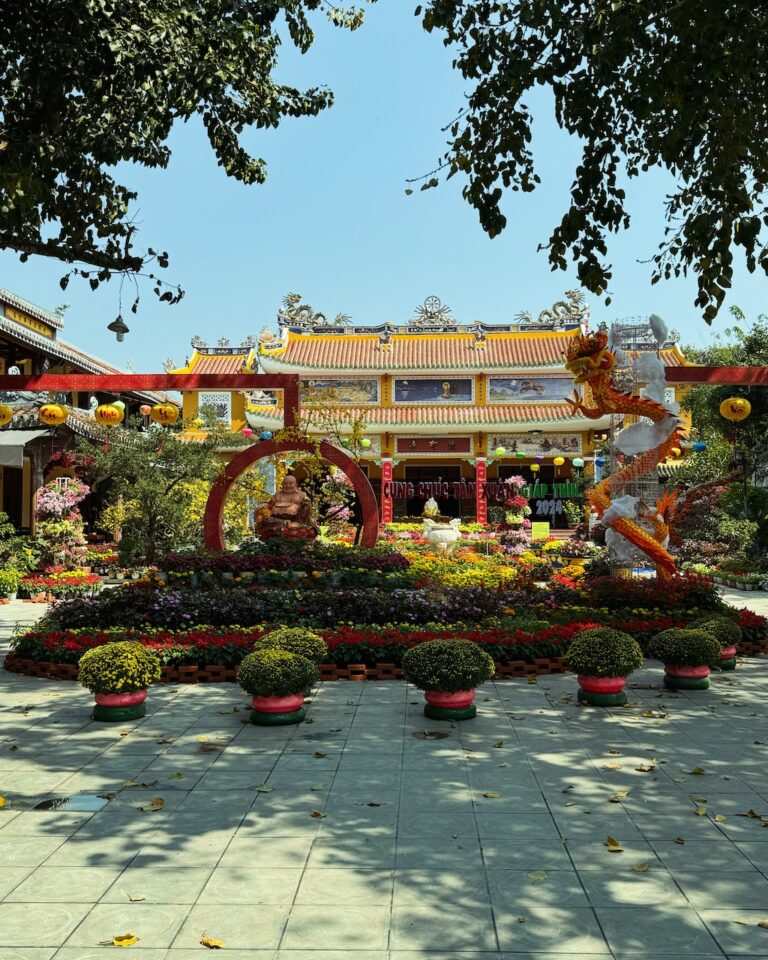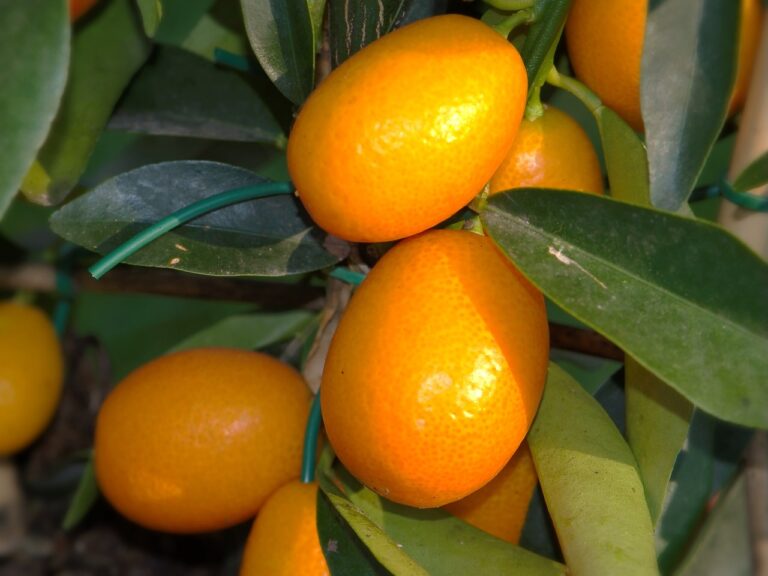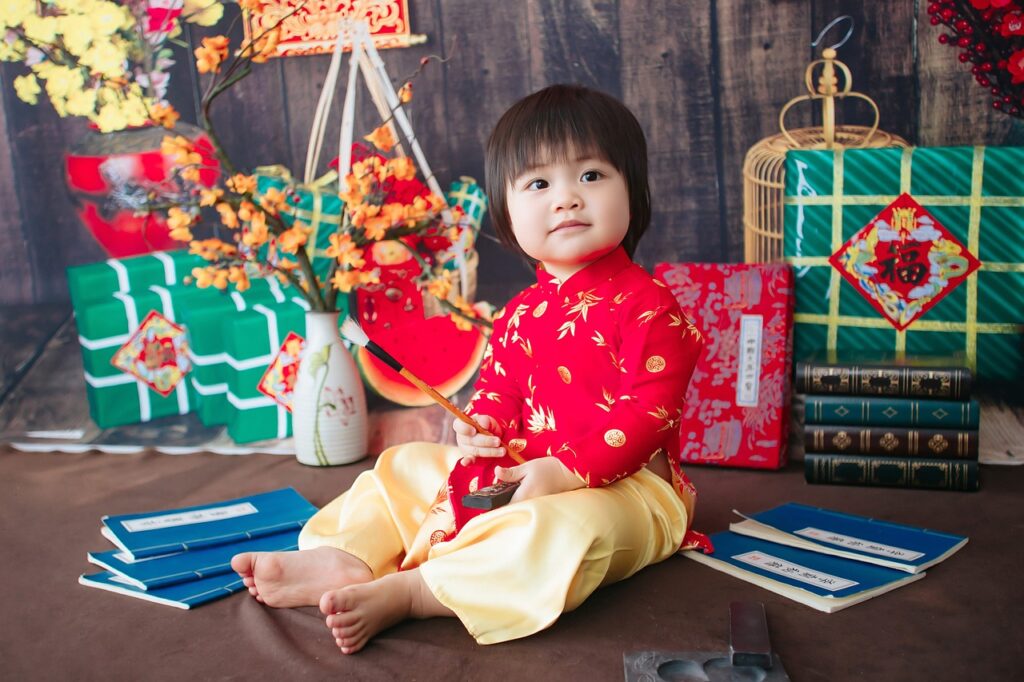IS "TET" OFFENSIVE?
Many Westerners might know the term “Tet” because of an event that happened in 1968 during the Vietnam War. The event was called the “Tet Offensive”, and that happened on January 30, 1968 when the Viet Cong (VC) and the North Vietnamese People’s Army of Vietnam (PAVN) launched a sneak attack against the forces of the South Vietnamese Army of the Republic of Vietnam (ARVN), the United States Armed Forces, and their allies. It was a campaign of surprise attacks against military and civilian command and control centers throughout South Vietnam. The purpose of the wide-scale offense was to trigger political instability, in a belief that mass armed assault on urban centers would trigger defections and rebellions. History would show that this attack largely failed its objectives. Although the initial attacks stunned the allies, causing them to lose control of several cities temporarily, they quickly regrouped and beat back the attacks, inflicting heavy casualties on PAVN/VC forces. The Tet Offensive lasted for almost 2 months, but fighting rapidly escalated for a period of about 21 weeks because of it. It was in fact a turning point in the war and was a major factor in the size and scope of Americans involvement in the war. Because of the Tet Offensive, U.S. Military Commanders requested an additional 200,000 soldiers to join the fight and that’s when Americas footprint in the war grew exponentially. It’s also when American’s support for the war began to dwindle, because up to this point, the American Government had been telling their citizens that the North Vietnamese were losing the war and that in short order the war would be over. American involvement in the war would go on another 5 years. Ultimately the war went on another 2 years after that before it finally ended on April 30, 1975.
The Tet offensive was strategically planned because of what was taking place during this time. The country was celebrating their biggest holiday of the year…Tet!

So, What Is "Tet"?
Tet is in fact the biggest holiday period in Vietnam, and is short for “Tet Nguyen Dan” which translates to “The Feast of the First Morning of the First Day“! Tet marks the first day of the Lunar New Year and happens between January and February of each year, closely aligning to the date of the Chinese New Year. There are three significant components to this date as it marks the:
- Beginning of the New Lunar Year
- The start of Spring
- The official birthday of everyone in Vietnam! (More on this later)
This year it falls on February 10th which is rapidly approaching and everywhere I look, the Vietnamese people are excited and preparing for it!
It has huge significance to the people in Vietnam. I’d compare it to the Christmas season in Western Countries. Just like Christmas, preparations for Tet begin weeks in advance, and the celebrations go on for a week to ten days or more. Cleaning, decorating, and sprucing up is a big part of this holiday tradition. Vietnamese people shop for new clothes, get haircuts, cook special dishes, buy flowers, and even wash their motorbikes! Each home and office will be decorated with signs of “Chuc Mung Nam Moi” (Happy New Year), and kumquat trees or peach blossoms will be set in place of honor. The bigger the kumquat trees, the more prosperity and health the family will receive during the new year! Up and down, the streets burst with color as these trees are transported on the back of motorbikes and a festive spirit takes hold of the country in anticipation of the long holiday.
In the days before Tet, markets and streets are jam-packed with shoppers. Busy Vietnamese housewives pick up foil, paper garlands, along with red and gold decorations shaped like fish, coins, firecrackers, and blossoms. Locals bring home stacks of red “bao li xi” (lucky money envelopes). The envelopes are then used to put money in and are customarily gifted by elders to younger members of the family, or by managers to employees. It’s thought of as a sign of maturity for young Vietnamese when they stop receiving “li xi” and start to give it instead.
Tet is also a time for family reunions and the Vietnamese people travel long distances to be together with their extended families during this time. Many people will get time off work (and this might be the only time during the year that they don’t have to work), and will travel to visit relatives who they haven’t seen in a long time.

Tet's three-period time line
There are three primary periods that the Vietnamese people organize their Tet holiday activities around.
- The first period is referred to as “tat nien” (all year round). This period includes the days leading up to New Year’s Eve. Traditionally, this time is reserved specifically for family reunions, cooking, and making preparations for upcoming celebrations.
- New Year’s Eve, the most sacred time of the year for many, is called “giao thua” (New Year’s Eve). At midnight on giao thua, traditional Vietnamese people believe that “Ong Tao” (Kitchen Gods) return from the heavens. According to tradition, there are 3 kitchen gods and they travel to heaven to give the God of heaven an annual report of the household’s activities that year. Their return means that they will bless the household and keep the kitchen fire going, making every member of the family happy and well-off. Therefore the good deeds done over the preceding few days were all in preparation for this moment! Midnight is also the time to begin praying and lighting incense in the hope that the ancestors will accept the family’s invitation to enjoy the party. (The bigger the celebration, the happier the ancestors will be, and they more likely they are to return!)
- Once midnight has struck, “tan nien” (New Year) officially kicks off and that typically begins a serious celebration for three days…although for some the celebrations will go on for another seven! The first day of the New Year is set aside for visiting the nuclear family, starting with the husband’s side. Day two brings a visit to the wife’s family and friends. Locals refer to the tradition of visiting family and friends as “xong nha” (break into the house). The third official day is a time to show respect towards teachers.

Things you probably don't know about Tet!
- Every person in Vietnam shares the same birthday, and it’s celebrated after midnight on New Year’s Eve. So, for the Vietnamese community, your age doesn’t technically change on the day you were born. It changes during the Tet holiday! Another interesting fact about age in Vietnam is that when you’re first born, you’re already considered one year old, as the time spent in the womb counts towards your age.
- The karma of your first visitor becomes your own! This is a widespread belief in Vietnam, and it’s taken very seriously. Most families will choose a successful person to invite into their homes first to avoid acquiring bad luck. The individual should be level headed, have strong moral values, and be a prominent social figure. (This is why you should never enter a house on the first day of the year without first being invited in!)
- During Tet, you should free an animal! Local temples will sell birds for this purpose.
- On the first day of Tet, don’t sweep or take out the trash. This symbolizes the literal sweeping out of good luck and fortune.
- Don’t wear black or white. These colors are traditionally reserved for funerals, and many believe that wearing these colors during Tet will bring bad luck.
- Many Vietnamese will get time off work during this long holiday. The one’s that have to work are likely to receive up to 3 times their normal pay for not being able to take time off.
I hope I’ve been able to shed some light on this major holiday in this amazing country. It’s apparent to Michelle and I that the Vietnamese people are very excited that Tet is coming up and they’re also happy and excited to share it with us! We’re very glad to share it with them!
Safe travels everyone!

